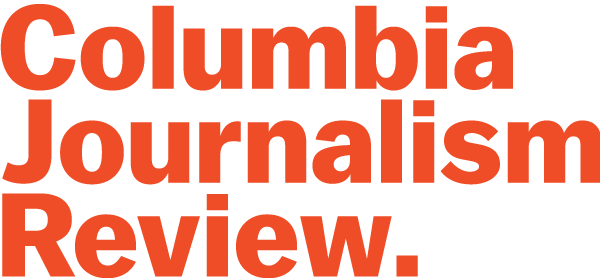Sign up for The Media Today, CJR’s daily newsletter.
Score one for Sarah Kliff’s Health Reform Watch column this week. Her Monday Q-and-A at WaPo’s Wonkblog offered a clear, concise look at a feature of healthcare reform that’s little known–at least among the public–but is driving the recent news coverage about patients’ frustration with limited access to doctors and hospitals. As Kliff sums it up: “Behind these stories lurks a policy idea that’s central to Obamacare’s approach to controlling costs, but anathema to many health-care consumers: ‘Narrow networks.'”
These are insurance networks that limit consumer choice either by simply not paying for trips to healthcare providers outside of a restricted circle, or by forcing patients’ to pay a higher share of the tab. And as Kliff points out, Obamacare did not invent narrow networks–the reform law simply accelerates a trend that is increasingly prevalent even in employer-sponsored plans. The trend brings to mind the HMOs of the early 1990s, which narrowed doctor choice, too. Patients and their doctors howled and ran to their state legislatures, laws were passed, and soon managed care organizations caved in and gave customers a wide choice–but at a price. If you wanted to flit around the health system like a butterfly, as one HMO at the time advertised, you would have to pay more of the bills yourself. Time will tell if this sort of backlash will surface again. Consumers want lower prices, but they also want their choice of doctors and hospitals–and after all, “if you like your plan, you can keep it” has already turned out to be a promise patients could hardly take to the bank.
So why is it that, as Kliff writes, “health-care experts love narrow networks”? Essentially, they allow insurers to steer clear of the costliest providers; they also tip negotiations over rates in favor of insurance companies, which can then bargain with hospitals and doctors for lower prices. That can lead to lower premiums, and might actually reduce or at least slow the growth of the national healthcare tab.
Of course, those cheapo premiums can also be part of a marketing strategy for insurers–premium cost is the number one ingredient insurance shoppers look for, although it doesn’t tell the whole story. And when healthcare consumers sign up for a narrow-network plan but then stray out of network–whether by choice, necessity, or just not paying attention to the fine print–they’ll experience part of the Great Cost Shift we described in a late December post. That means getting care but paying much or even all of the bill themselves. That doesn’t necessarily save money for the system, but it does save money for the insurer or employer.
To understand more from the horse’s mouth, so to speak, I recently visited the offices of Independence Blue Cross, the largest carrier in southeastern Pennsylvania, where I talked with Douglas Chaet, a senior vice president who’s in charge of network contracting. The carrier is selling two policies on the Pennsylvania exchange fall under one of the “narrow network” categories Kliff briefly describes–“tiered” policies that push more of the costs onto patients, depending on which “tier” of provider they choose.
Independence Blue Cross doesn’t actually like to think of a tiered policy as “narrow network” coverage, because patients who choose them do have access to the insurer’s broad range of providers. (Blue Cross plans traditionally offered large networks.) But the insurer lumps all the hospitals and docs who’ve negotiated low rates for their services into Tier 1, its “preferred” tier. Those with the highest rates are placed in Tier 3, called the standard tier. Some of Philadelphia’s marquee name hospitals are there. The rest go into Tier 2, the “enhanced” tier. If customers decide to go to Tier 1 providers, they have lower cost-sharing. Those who go to Tier 3 hospitals and doctors pay the most. It’s that Great Cost Shift again. “If it works for you, it is a terrific value,” Chaet told me.
Chaet offered an example that may support Kliff’s hypothesis about how narrow networks can control costs. When the carrier told area hospitals of its plan to place them in tiers based on negotiated prices, some high-cost facilities volunteered to reduce what Blue Cross had agreed to pay them. They were afraid of losing market share to lower-cost hospitals where patients would have lower out-of-pocket expenses. “We thought one-quarter of the hospitals would be in Tier 1, but instead 55 percent went in there,” Chaet said.
One insurer’s experience, of course, doesn’t mean that the country will relinquish the title of the world’s most expensive healthcare system any time soon. And it doesn’t mean that narrow networks will ultimately prove more popular with consumers than HMOs. But it does provide fodder for the tickler file as these experiments in cost control, American style, unfold.
Related content:
The Great Cost Shift comes into focus
Better late than never: the new insurance sticker shock story
Untangling Obamacare: What’s behind the rate increases?
Has America ever needed a media defender more than now? Help us by joining CJR today.


